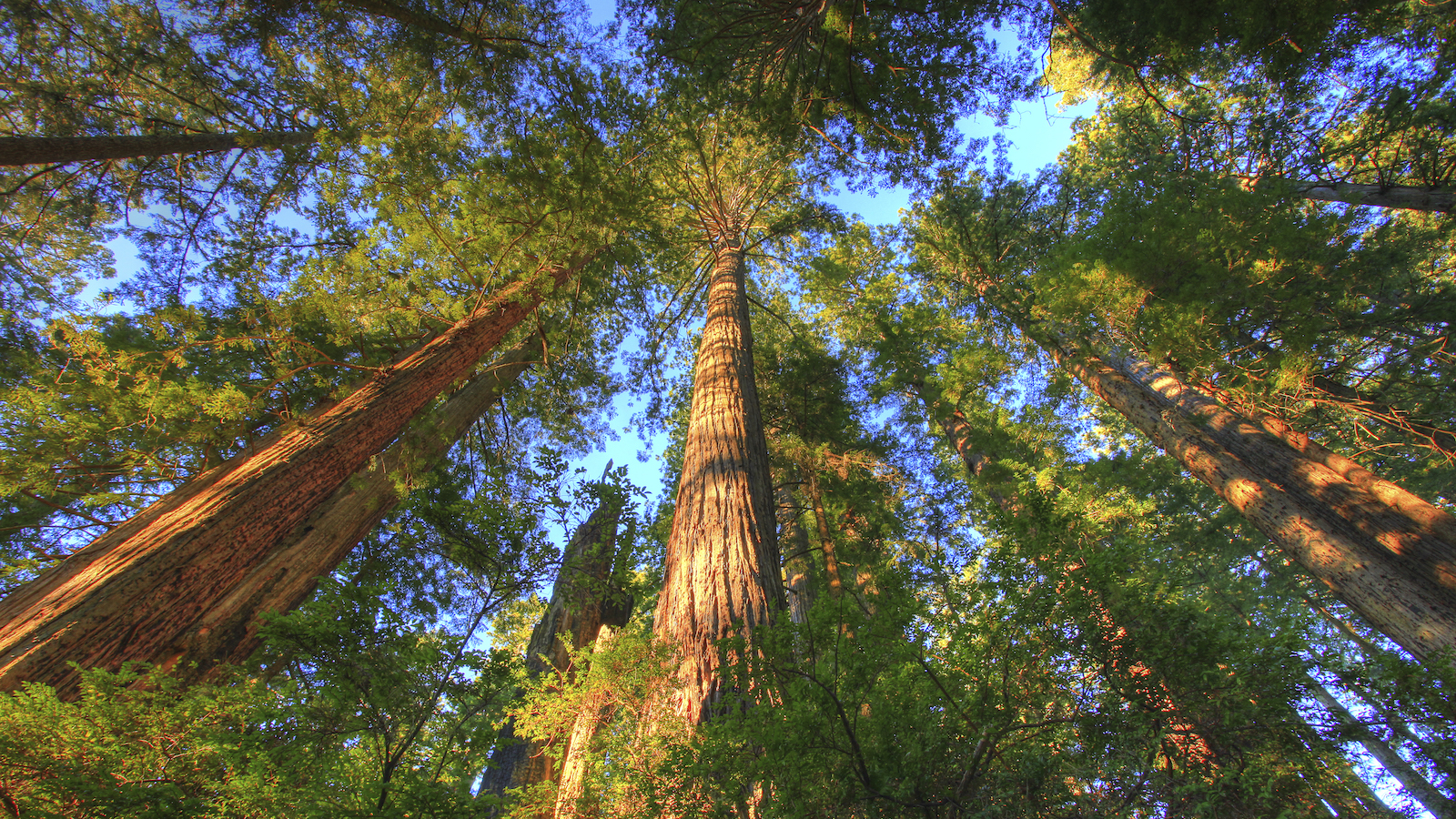By Madeline Rothfield, intern
Growing up, I always loved The Giving Tree. I thought of it as a sweet story about how we interact with the land around us. I loved the idea that a child and a tree could be friends.
As children, our first introduction to nature is seeing it, playing in it, making mud pies, and trying to eat grass before, of course, spitting it out. The earth at this point is a playground, a place where fairies live, and a landscape of unending imagination.
Next, we learn how we should feel about our earth through movies and books. Sitting on the colorful carpet of our first classroom, we hear a teacher tell us that the earth is our home; one that we are responsible for. It makes sense to a five-year-old that trees want to help us out. But when did we take it too far?
In The Giving Tree, every time the boy needs something, the tree is happy to provide. At the end of the book the boy is an old man and the tree is a stump. As a young person this ending felt mournful but complete, like the cycle of life I had heard so much about. As an adult who now understands the effects of logging, I feel angry with the boy for taking so much and giving so little. The story is more complex than I was taught. The point of the book was grossly misunderstood.
We are told at the end of the book that the tree is happy. This is not true. The tree is dead and the boy has realized that all the material goods he sought after could not bring him fulfillment. It is a warning, not a sweet metaphor. Silverstein was trying to challenge us.
We act like the boy, making crowns and climbing during our young years. What the tree desires is pure and playful; happiness. As he gets older, the boy becomes unhappy and turns to the tree to fill the hole in his heart. Silverstein showed us how leaving the childish sense of fun and wonder with our environment can alienate us from what truly matters.
Today, trees all over the United States are being cut down for material needs: furniture, fences, even toilet paper that we use once before flushing down the drain. But what if trees can give us a more lasting gift?
By leaving trees–especially the oldest ones–standing, we gain not just awe and enjoyment, not just shade and clean water and oxygen, but also a powerful ally in the fight against climate change. Each year we let trees grow, they absorb and store carbon dioxide. What if trees can give us the gift of a livable planet, for generations to come?
It’s time that we learn from the book we so cherished as children and make sure that we are not a generation left sitting on stumps on an ever-hotter planet. Our old growth and mature forests hold beauty and importance beyond belief. Let’s let them know we still care.

